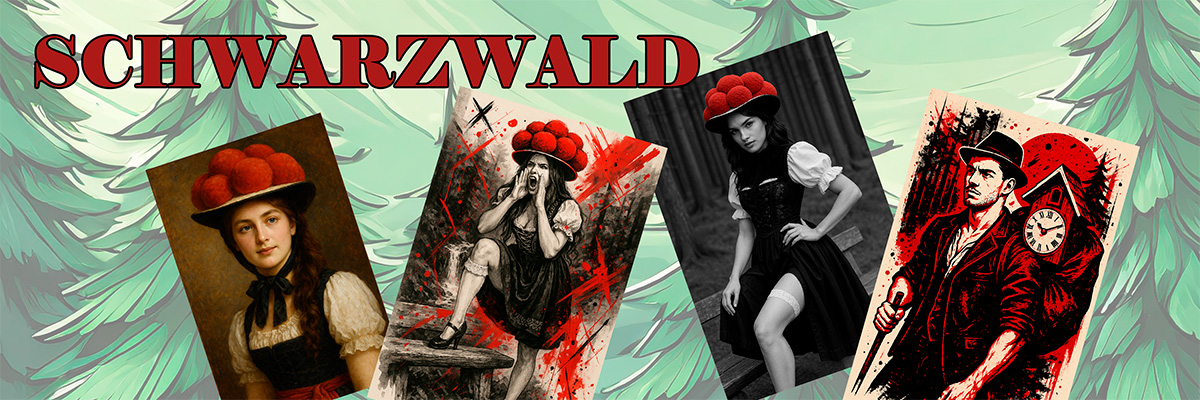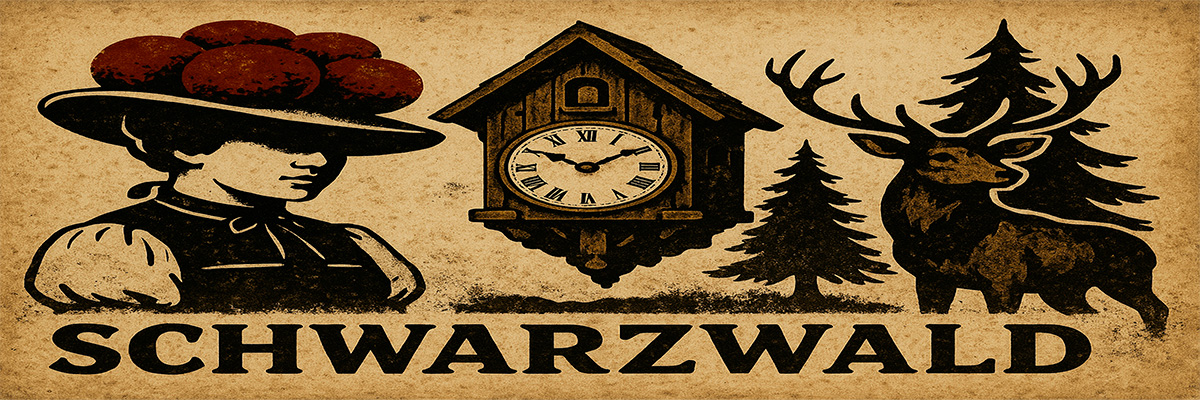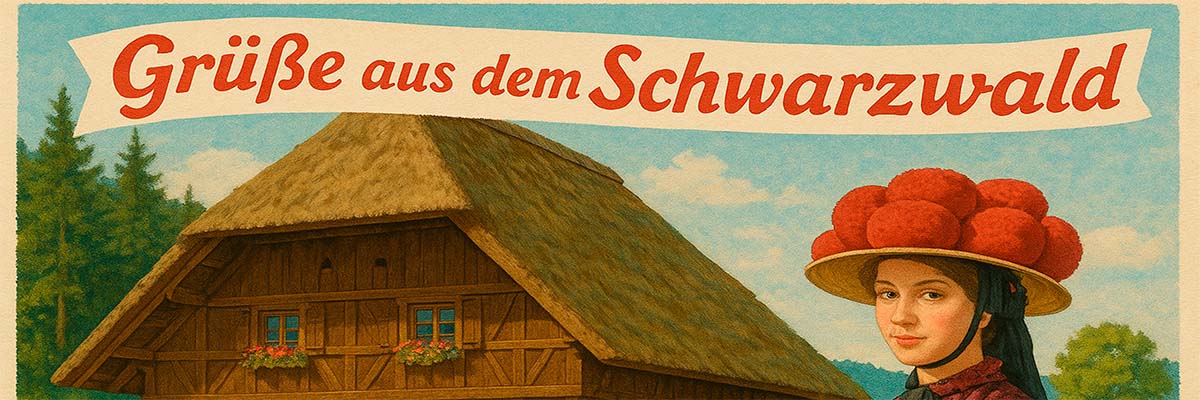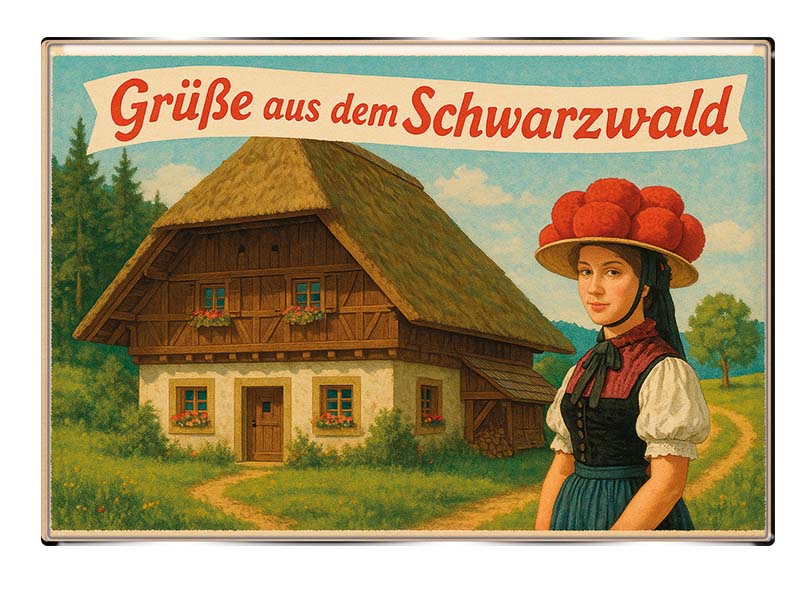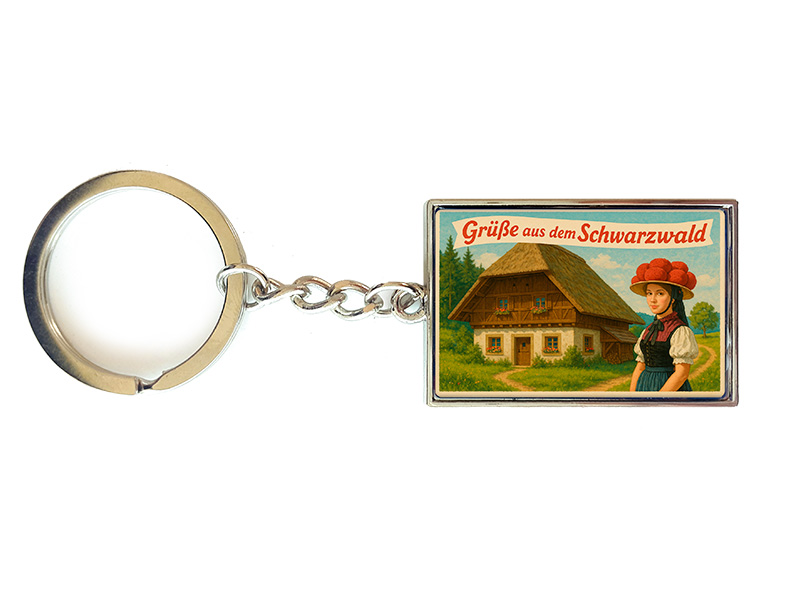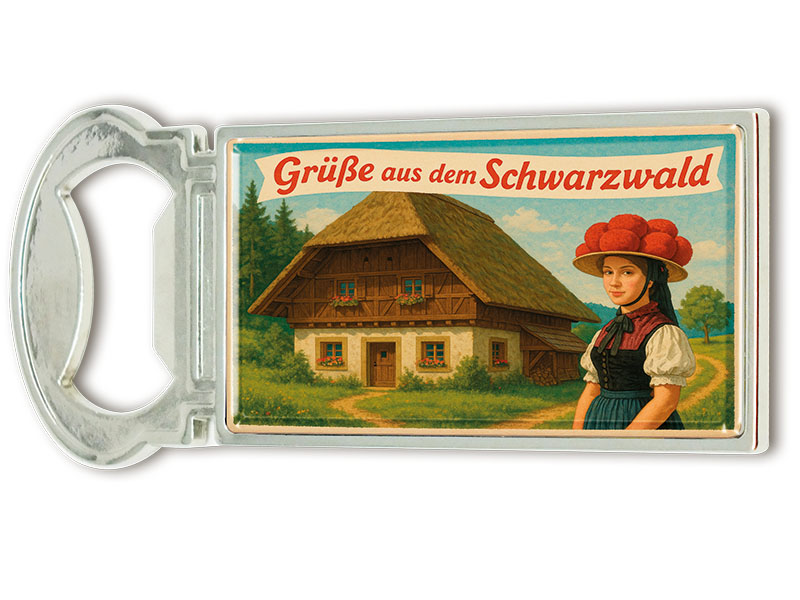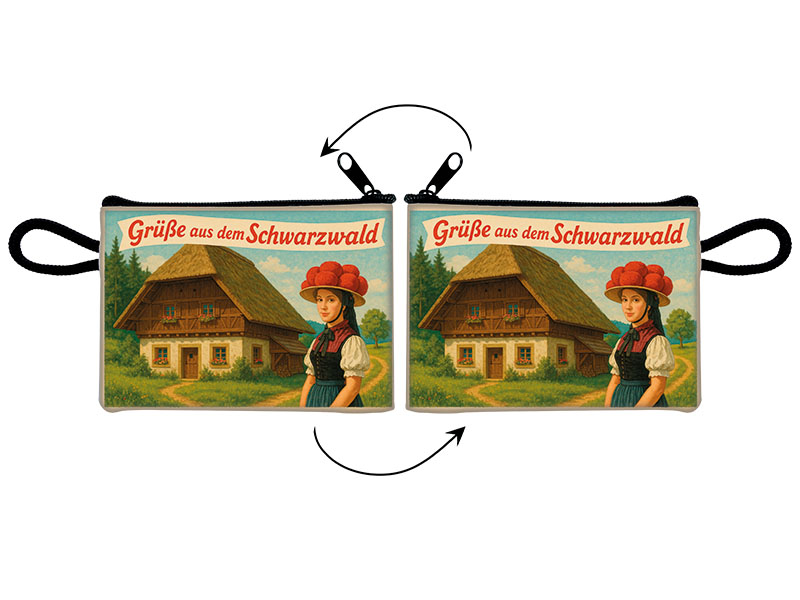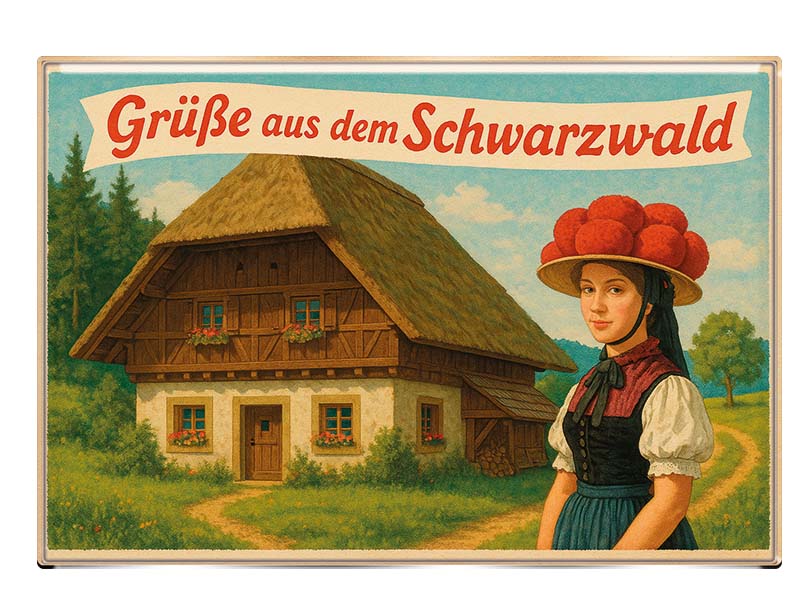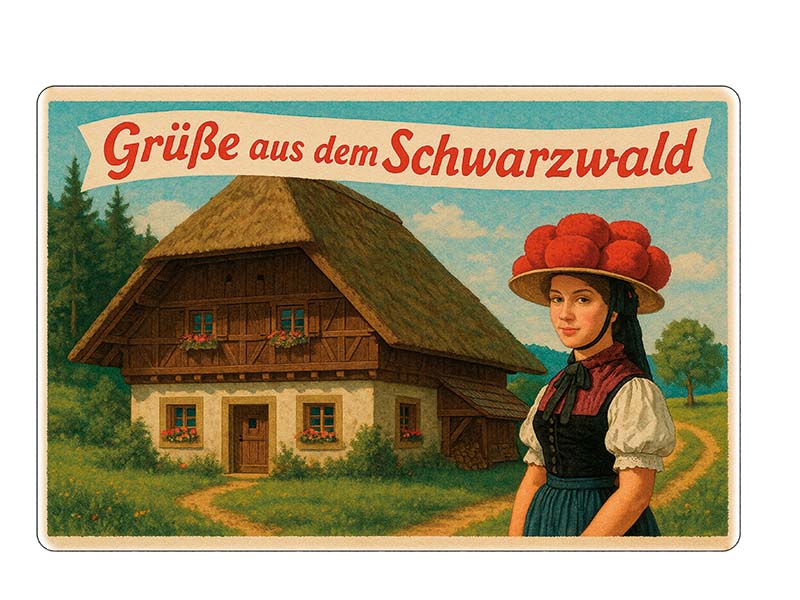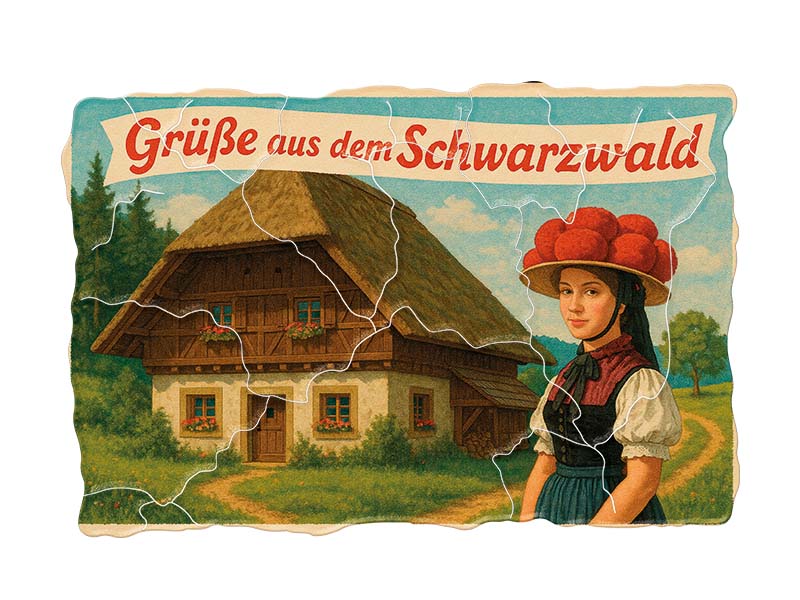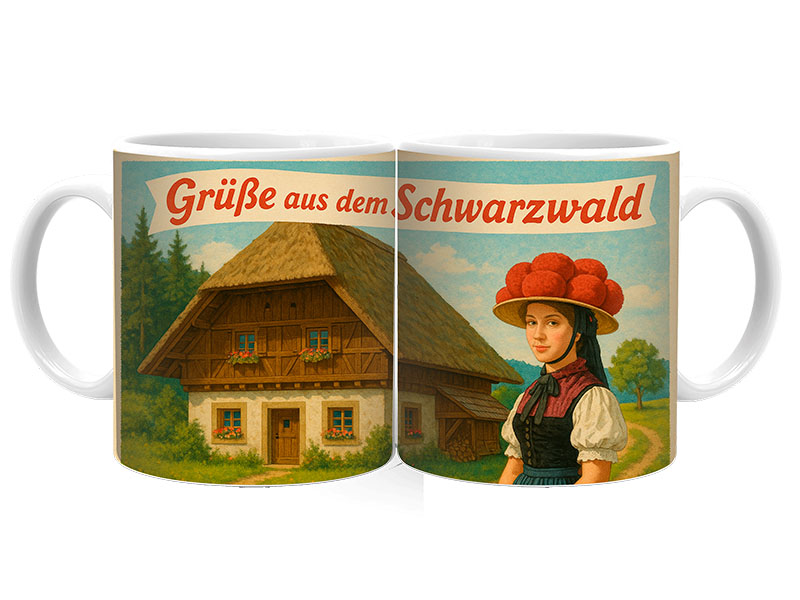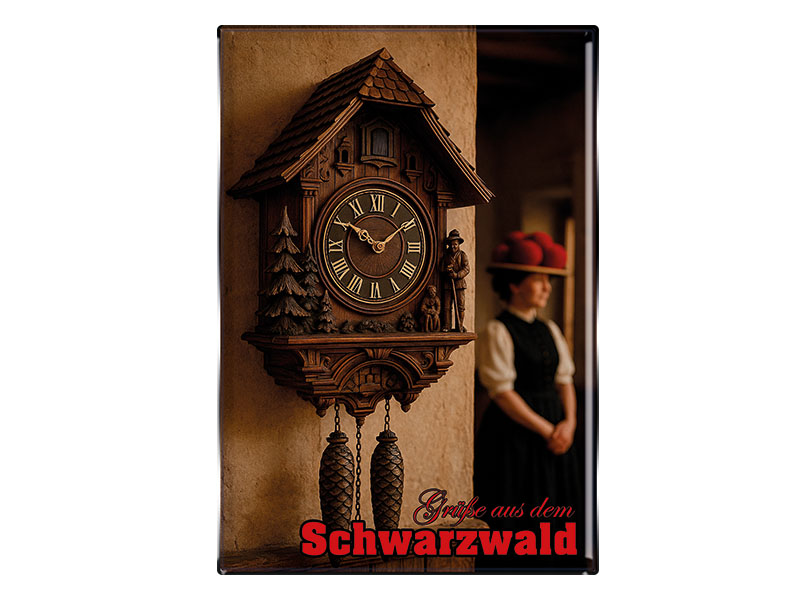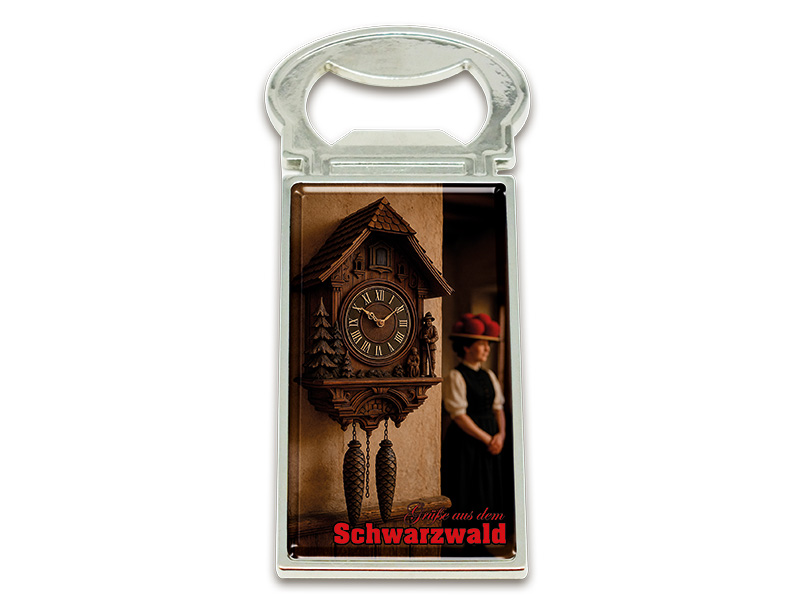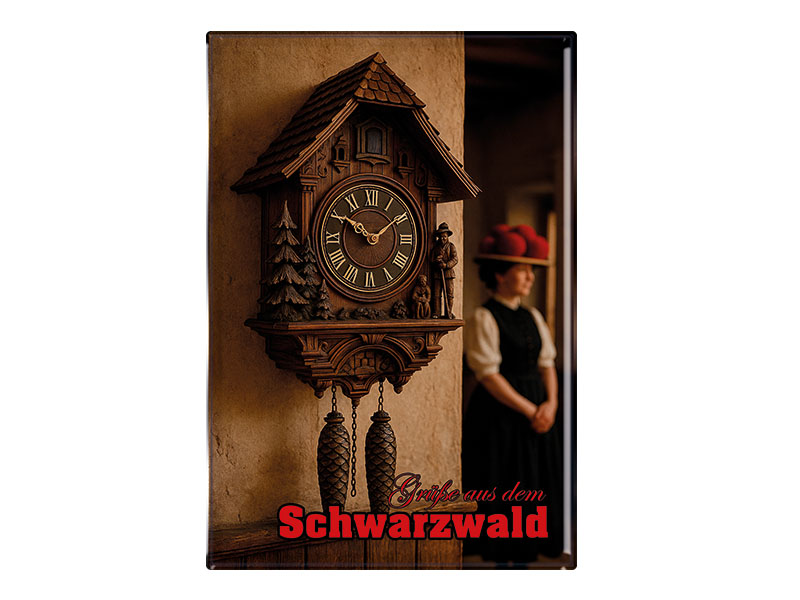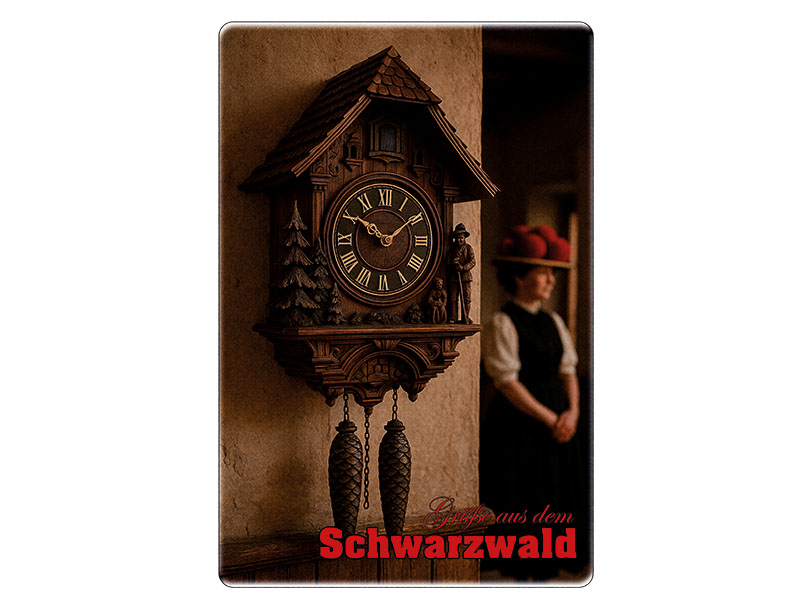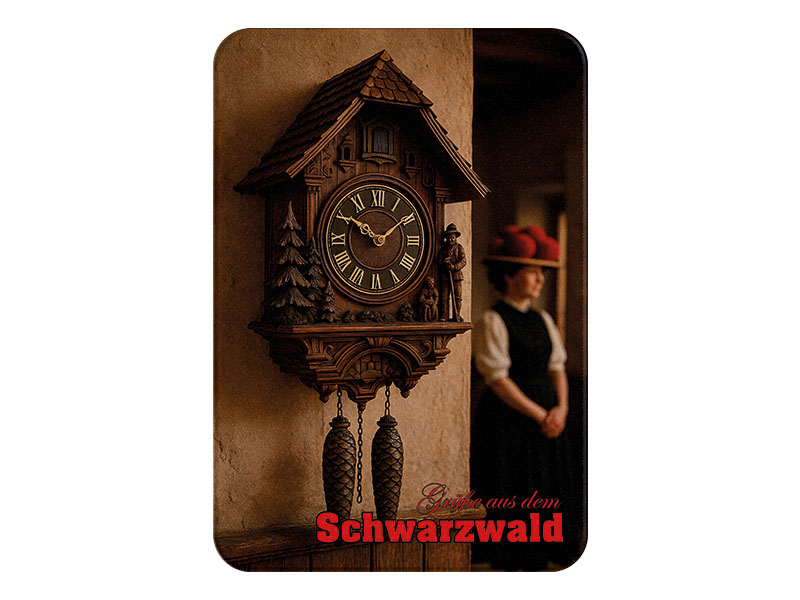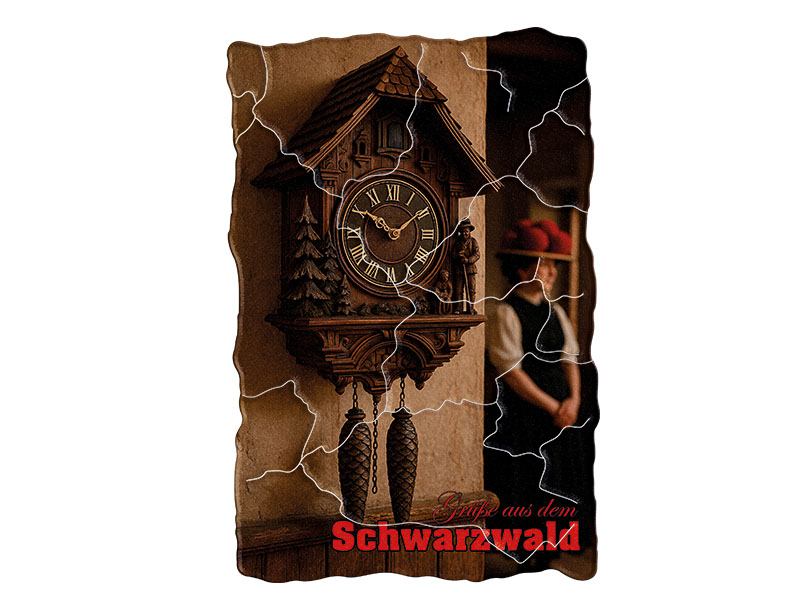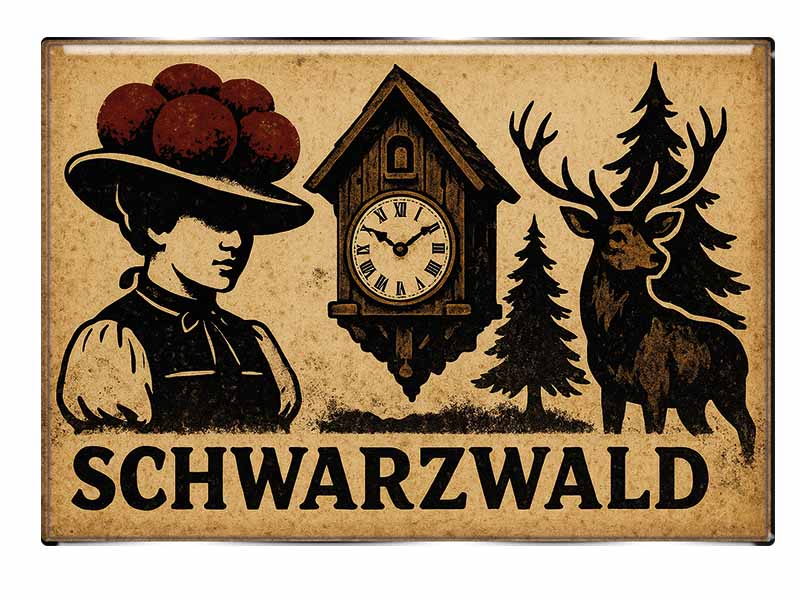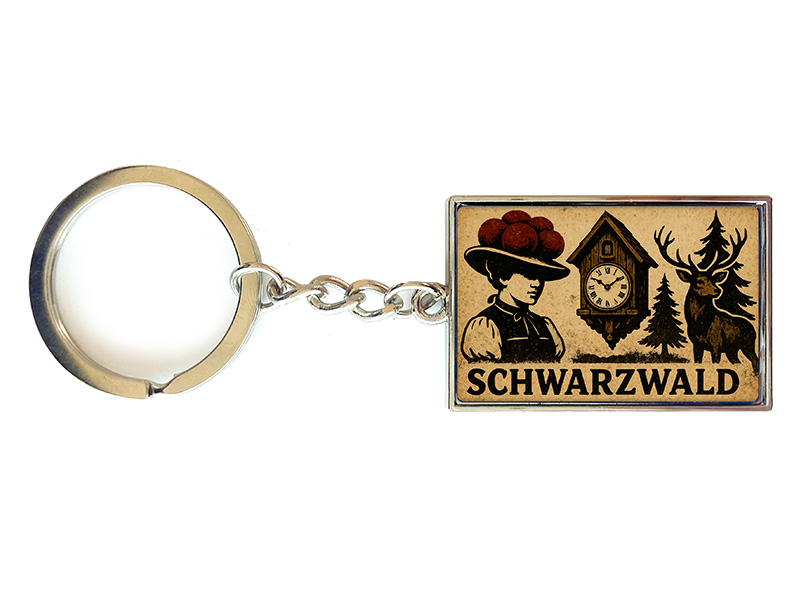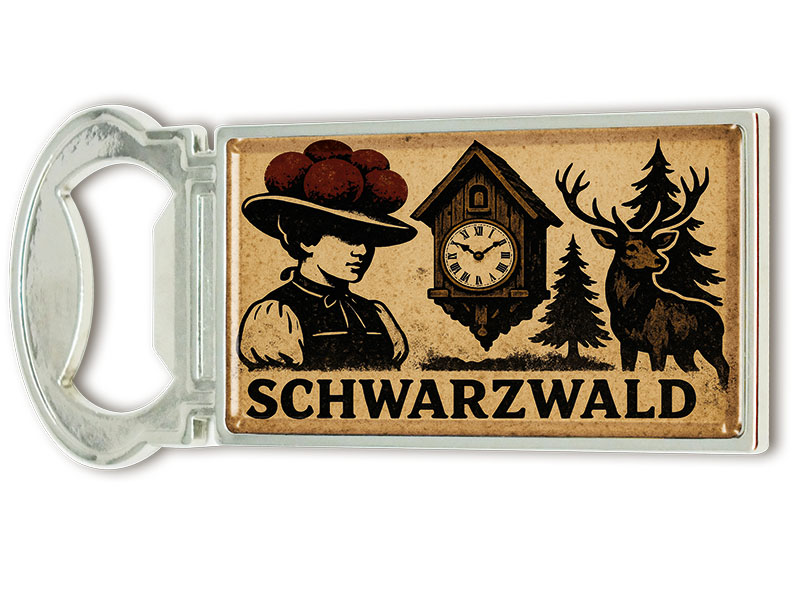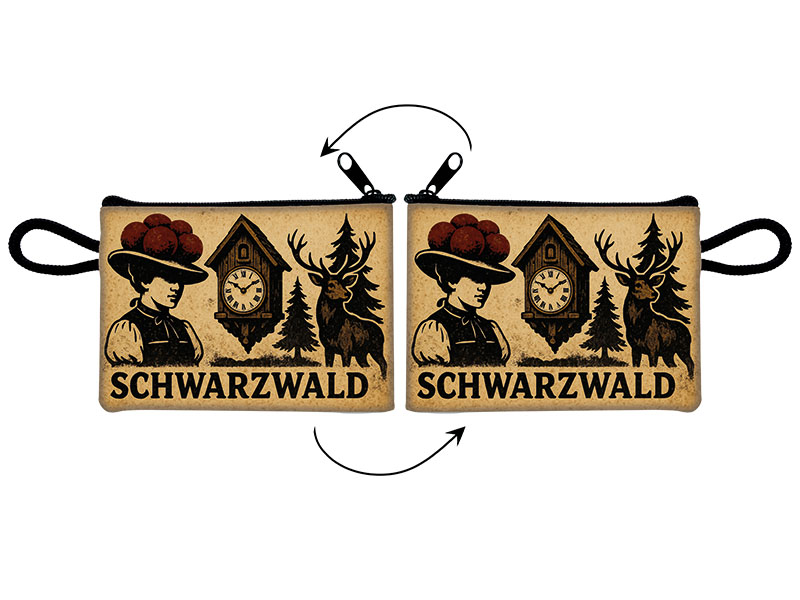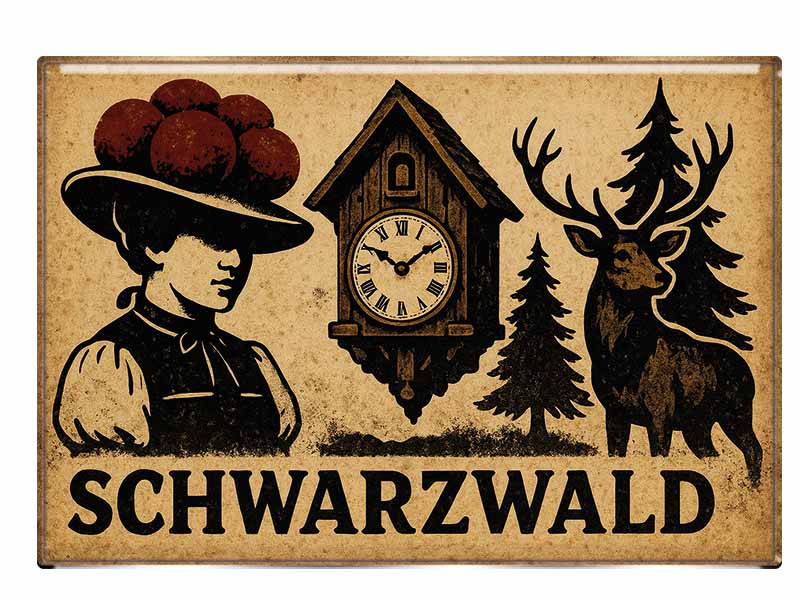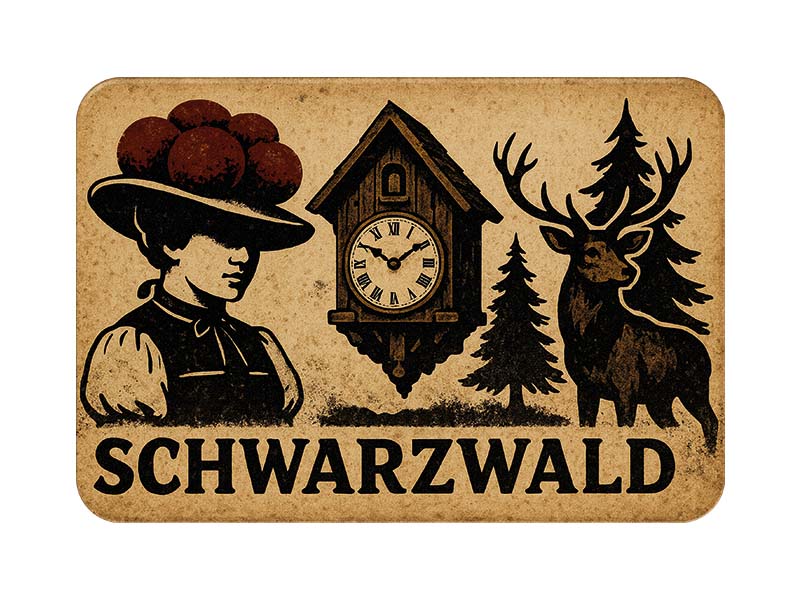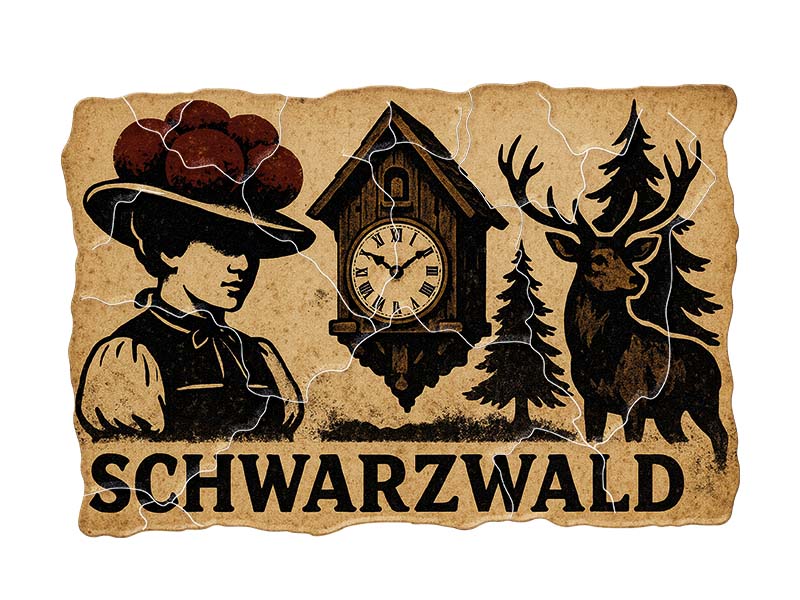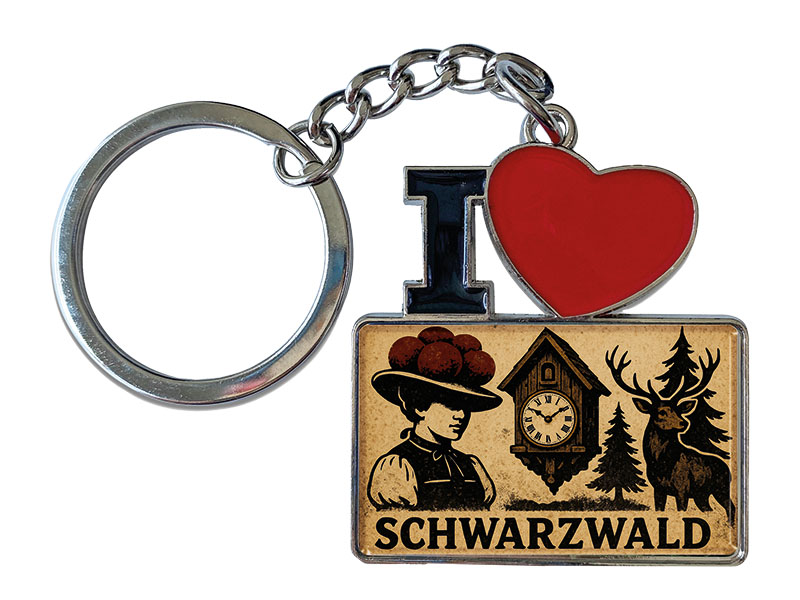- Vehicles
- Figures
- Witches
- Carnival
- Canvas
- Magnets
- Materials
- Maritime
- Hats
- New products
- Personalize
- Plush
- Dolls
- Collectible figures
- Keychain
- Special production
- %Special offers%
- Money boxes
-
Cities - Regions
- Bad Säckingen
- Bamberg
- Bayerischer Wald
- Berchtesgaden
- Berlin
- Bodensee
- Bremen
- Brocken
- Chiemsee
- Cochem
- Dinkelsbühl
- Dresden
- Eibsee
- Frankfurt
- Freiburg
- Gardasee
- Garmisch-Partenkirchen
- Hamburg
- Harz
- Heidelberg
- Helgoland
- Insel Mainau
- Kleinwalsertal
- Koblenz
- Köln
- Königssee
- Leipzig
- Lübeck
- Mecklenburgische Seenplatte
- München
- Nürnberg
- Oberammergau
- Passau
- Potsdam
- Quedlinburg
- Regensburg
- Rothenburg
- Rügen
-
Schwarzwald
- Stuttgart
- Sylt
- Titisee
- Traunsee
- Triberg
- Ulm
- Wernigerode
- Bags/Backpacks
- Textile
- Animal
- Subjects
More information? sign in.
More information? sign in.
More information? sign in.
More information? sign in.
More information? sign in.
More information? sign in.
More information? sign in.
More information? sign in.
More information? sign in.
More information? sign in.
More information? sign in.
More information? sign in.
More information? sign in.
More information? sign in.
More information? sign in.
More information? sign in.
More information? sign in.
More information? sign in.
More information? sign in.
More information? sign in.
More information? sign in.
More information? sign in.
More information? sign in.
More information? sign in.
The Black Forest – A Journey Through History, Nature, and Culture
The Black Forest is one of the most famous and beloved holiday regions in Germany. Known for its picturesque landscapes, dense woodlands, and rich traditions, it offers a unique combination of natural beauty, cultural heritage, and culinary delights. Nestled in the southwest of the country, this region is a tapestry of deep forests, quaint villages, and legendary folklore. In this comprehensive overview, we’ll explore the history, geography, population, attractions, tourism, food and drink, famous people, and typical souvenirs that make the Black Forest so unique.
Geographical Location and Geological Formation
The Black Forest is located in the state of Baden-Württemberg in southwestern Germany. It spans approximately 6,000 square kilometers, stretching about 160 kilometers from north to south and up to 50 kilometers wide from west to east. The forest is bordered by the Upper Rhine Plain to the west, the Swabian Jura to the east, and the High Rhine and the Swiss border to the south.
Geologically, the Black Forest was formed around 300 million years ago during the Variscan orogeny, a mountain-building event. Over millions of years, erosion and tectonic movements shaped its current form. The region is largely composed of crystalline rocks such as gneiss and granite, with red sandstone predominating in the northern part.
The Feldberg, standing at 1,493 meters, is the highest peak in both the Black Forest and all of Germany’s mid-range mountains. Other notable peaks include Belchen (1,414 m), Herzogenhorn (1,415 m), and Schauinsland (1,284 m).
Historical Background
The history of the Black Forest is ancient and multifaceted. Evidence of human habitation dates back to the Stone Age. During the Roman Empire, the Black Forest marked the boundary between Roman-controlled territory and lands inhabited by Germanic tribes. The Romans referred to the area as “Silva Nigra” – the “black forest” – due to its densely wooded and dark appearance.
In the Middle Ages, the Black Forest saw increasing settlement. Monasteries such as St. Blasien, Alpirsbach, and St. Peter played a crucial role in the cultural and economic development of the area. Monks cleared forests, cultivated land, and developed early forms of mining and crafts.
During the 17th and 18th centuries, the Black Forest became known for glass production, woodworking, and especially for its clockmaking industry. The Black Forest cuckoo clock gained international fame and became a hallmark of regional craftsmanship.
By the 19th century, the region evolved into a popular health and spa destination, with elegant resorts like Baden-Baden attracting European nobility and artists. The development of railways further boosted tourism and accessibility.
Population and Regional Structure
The Black Forest is home to around 1.5 million people, spread across towns, villages, and rural communities. Important urban centers in and around the region include Freiburg im Breisgau, Offenburg, Baden-Baden, Villingen-Schwenningen, Titisee-Neustadt, Gengenbach, Baiersbronn, and Freudenstadt.
The population is a mix of long-established farming families, artisans, and newer residents attracted by the high quality of life. The region’s mix of tradition and modern infrastructure makes it appealing to retirees, creatives, and nature lovers alike.
Main Attractions and Landmarks
The Black Forest is rich in both natural wonders and cultural landmarks. Among the most popular attractions are:
1. Feldberg
The highest mountain in the region offers breathtaking panoramic views, ski resorts in winter, and hiking trails in summer.
2. Titisee and Schluchsee
Two of the most famous lakes in the area. Titisee is ideal for boat tours and scenic walks, while Schluchsee is a hotspot for swimming, sailing, and diving.
3. Triberg Waterfalls
Among Germany’s highest waterfalls, the Triberg Waterfalls are a spectacular sight, especially during snowmelt or heavy rainfall. The town of Triberg also houses a clock museum and many cuckoo clock shops.
4. Maulbronn Monastery
A UNESCO World Heritage Site and the best-preserved medieval Cistercian monastery north of the Alps, offering deep insights into monastic life and Gothic architecture.
5. Freiburg im Breisgau
Often called the “capital of the Black Forest,” Freiburg is known for its Gothic cathedral, charming old town, and Bächle – narrow water-filled channels lining the cobbled streets.
6. Baden-Baden
An elegant spa town famous for its thermal baths, classical architecture, casino, and cultural events.
7. Black Forest High Road (Schwarzwaldhochstraße)
One of Germany’s most scenic routes, offering panoramic views, alpine meadows, and access to hiking trails.
8. Vogtsbauernhof Open Air Museum
Located in Gutach, this museum showcases historic farmhouses, traditional Black Forest life, costumes, and crafts.
Tourism: Numbers and Significance
Tourism is a major economic driver for the region. Each year, the Black Forest welcomes over 8.5 million overnight guests, with many more day visitors. The region offers a diverse range of tourism services, including:
-
Wellness and spa resorts
-
Ski and snow sports
-
Hiking and cycling
-
Nature parks and adventure trails
-
Cultural events and festivals
While many tourists come from within Germany, the Black Forest is increasingly popular with international visitors, especially from France, Switzerland, the Netherlands, China, and South Korea.
Culinary Specialties: Food and Drinks
Black Forest cuisine is hearty, regional, and rooted in peasant traditions. It combines influences from Alemannic, Baden, and Swabian cooking. Popular dishes include:
-
Black Forest Cake (Schwarzwälder Kirschtorte): A rich dessert with layers of chocolate sponge cake, whipped cream, cherries, and Kirschwasser (cherry schnapps).
-
Black Forest Ham (Schwarzwälder Schinken): Dry-cured and smoked over fir wood, this delicacy is world-renowned.
-
Badisches Schäufele: Cured and smoked pork shoulder, typically served with sauerkraut and mashed potatoes.
-
Bibbeliskäs mit Grumbeere: A local herb-flavored quark cheese served with boiled potatoes.
-
Käsespätzle: Homemade noodles layered with cheese and topped with crispy onions.
-
Flädlesuppe: A beef broth with thinly sliced pancake strips.
-
Game Dishes: Venison, wild boar, and other local game are staples of the regional menu.
As for beverages, the Black Forest is famous for its wines, particularly Pinot Noir (Spätburgunder) and Pinot Gris (Grauburgunder) from nearby wine-growing areas such as Kaiserstuhl and Ortenau. The region also produces high-quality fruit brandies, especially Kirschwasser, made from locally grown cherries.
Typical Souvenirs from the Black Forest
Visitors often want to take home a memory of the region. Popular souvenirs include:
-
Cuckoo Clocks: Crafted by hand and richly decorated, often with mechanical figurines and melodies.
-
Black Forest Ham: Vacuum-packed for convenience and export.
-
Kirschwasser and Schnapps: Available in gift sets and miniature bottles.
-
Hand-carved Wooden Figures: Depicting animals, traditional houses, or folklore characters.
-
Bollenhut Hats: Iconic traditional hats with red or black pom-poms, symbolic of the Black Forest.
-
Glassware: Hand-blown and engraved glass items from historic workshops like the Dorotheenhütte.
-
Ceramics: Hand-painted clay mugs, bowls, and plates.
-
Local Products: Herbal teas, honey, jam, and spiced sausages.
Famous People from the Black Forest
The Black Forest has been home to many notable individuals across art, politics, and sports. Some of them include:
-
Hans Thoma (1839–1924): A renowned painter from Bernau, known for romantic landscapes and Black Forest scenes.
-
Heinrich Hansjakob (1837–1916): A writer and priest from Haslach, famous for his tales of rural life.
-
Harald Wohlfahrt: One of Germany’s top chefs, long-time head chef at the Traube Tonbach in Baiersbronn.
-
Wolfgang Schäuble (1942–2023): Influential German politician from Offenburg and former President of the Bundestag.
-
Benedikt Doll: Biathlete and world champion born in Titisee-Neustadt.
-
Jürgen Klopp: Renowned football manager with ties to the region through family and vacations.
-
Friedrich Weinbrenner (1766–1826): Architect and urban planner, influential in the neoclassical style of Baden-Baden and Karlsruhe.
Conclusion
The Black Forest is more than just a vacation spot – it is a cultural treasure and a natural wonder. Its history spans thousands of years, its nature is both powerful and serene, and its people have preserved a strong sense of identity and tradition.
From majestic mountains and deep lakes to charming villages and delicious cuisine, the Black Forest has something for everyone. Whether you're a hiker, a history buff, a foodie, or someone seeking relaxation, this unique region is a place where the past and present meet harmoniously. With a warm welcome and a rich experience, the Black Forest leaves an enduring impression on all who visit.

